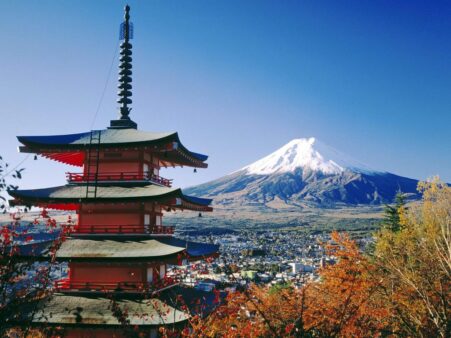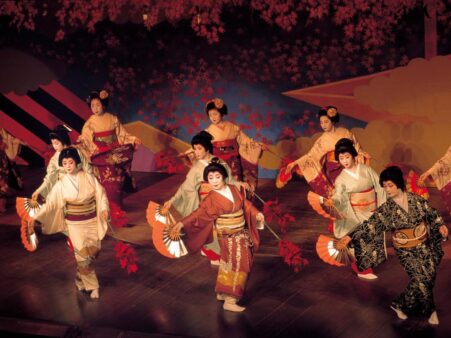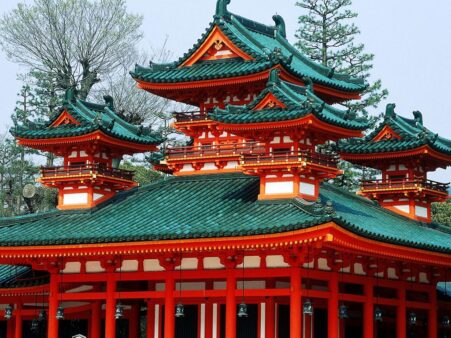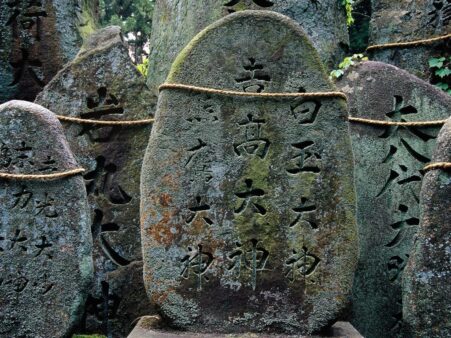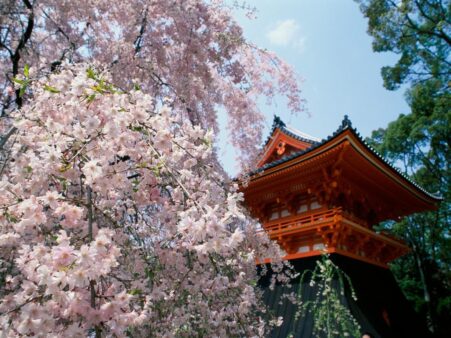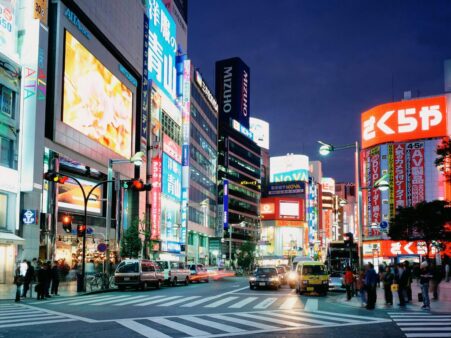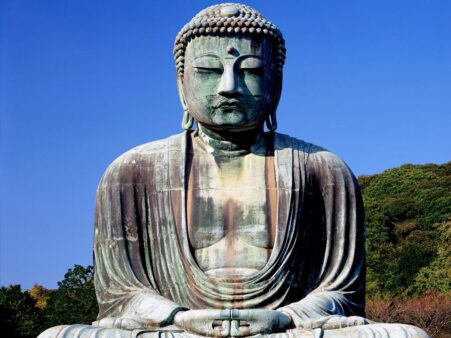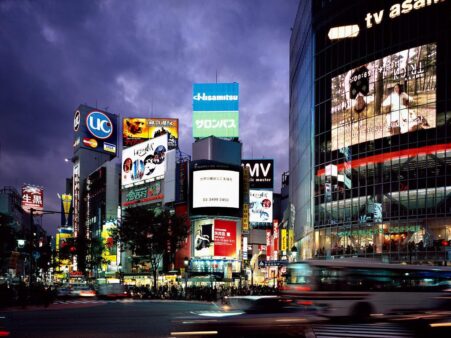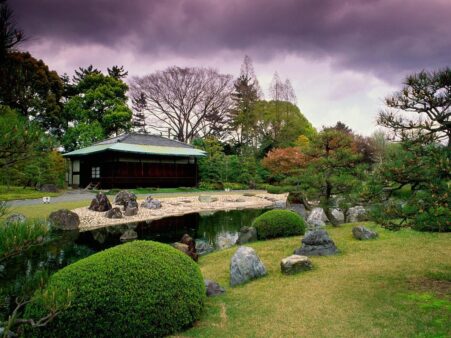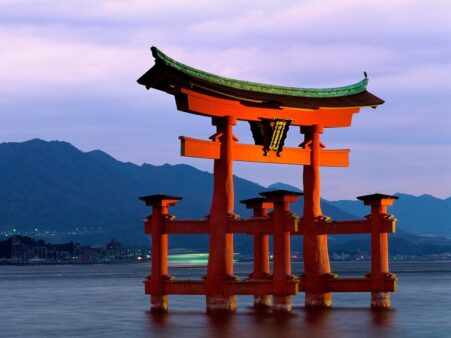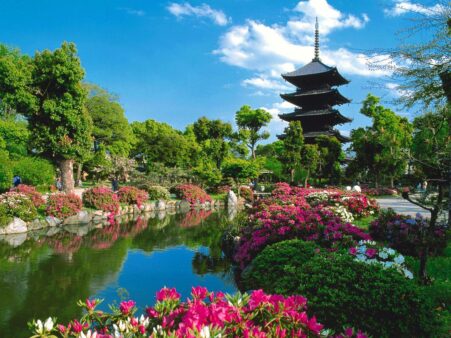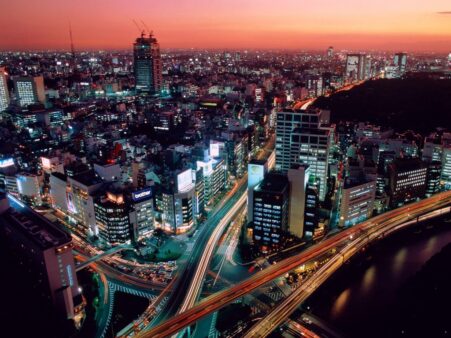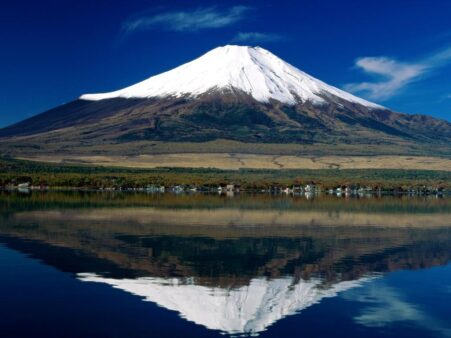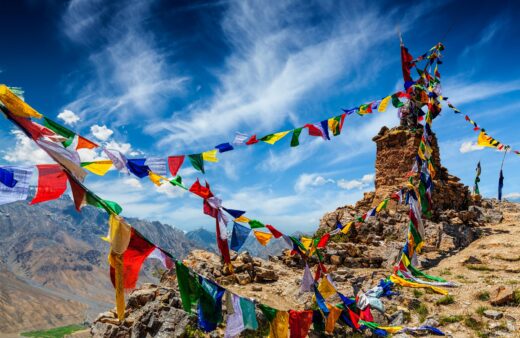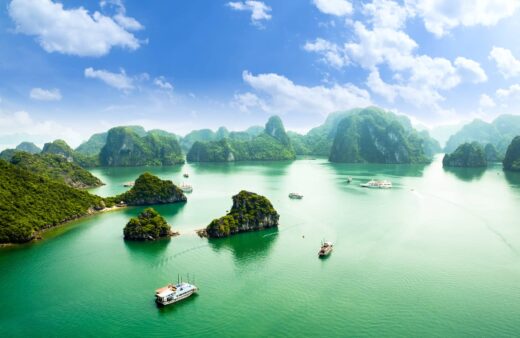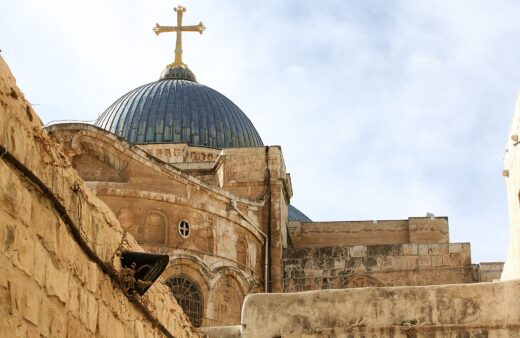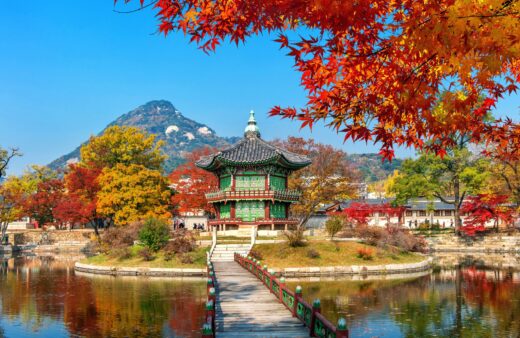- Opis wycieczki
- Plan podróży
- Cena zawiera
- Galeria
Japan – In the Land of the Cherry Blossoms and of the Rising Sun
Tokyo – Imperial Gardens – Asakusa – Senso-ji Temple – Nakamise – Tokyo Skytree – Ueno Park – Kamakura – Nikko – Nikko National Park – Kegon Waterfall – Mount Fuji – Lake Kawaguchiko – Hakone – Owakudani – Lake Ashi – Shinkansen ride to Himeji – Himeji Castle (White Heron Castle) – Kokoen Gardens – Hiroshima – Miyajima Island – Itsukushima Shrine – Kyoto – Golden Pavilion Temple (Kinkakuji) – Temple of the Calm Dragon (Ryoanji) – Walk in Arashiyama Bamboo Forest – Walk in Gion District – Tea Ceremony – Nara – Osaka – Umeda Sky Building Tower
Kultura i historia
Parki narodowe
Wyspy
Plan podróży
DEPARTURE
Departure to Tokyo.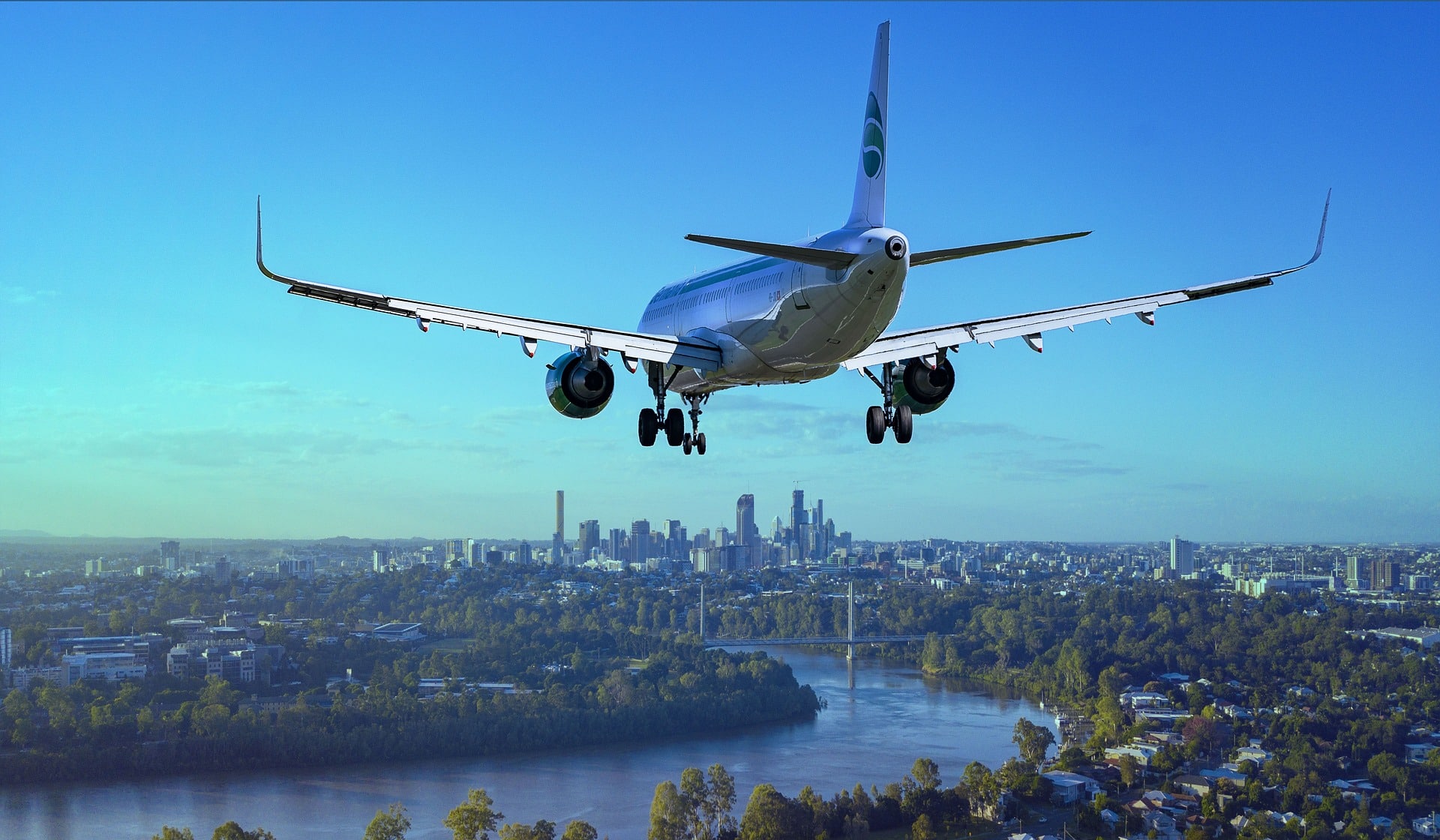
TOKYO
Arrival in Tokyo, the capital of Japan, being a huge agglomeration with over 13 million inhabitants. Tokyo is the political, financial, commercial, educational and media center of the country. In this city, there are the largest number of offices, ministries, corporations, universities, theaters and museums in all of the country. Each part of Tokyo has its own unique character, and there is something for everyone here. Whether it would be beautiful parks that are an oasis among skyscrapers, or Buddhist or Shinto temples, crazy themed cafes, viewpoints of the entire panorama of Tokyo, huge shopping centers, or streets full of Japanese souvenirs in the kawaii style, Tokyo never ceases to amaze.
After passport control, a meeting with the guide and transfer to the hotel. A walk through one of Tokyo’s districts. An overnight stay in Tokyo.
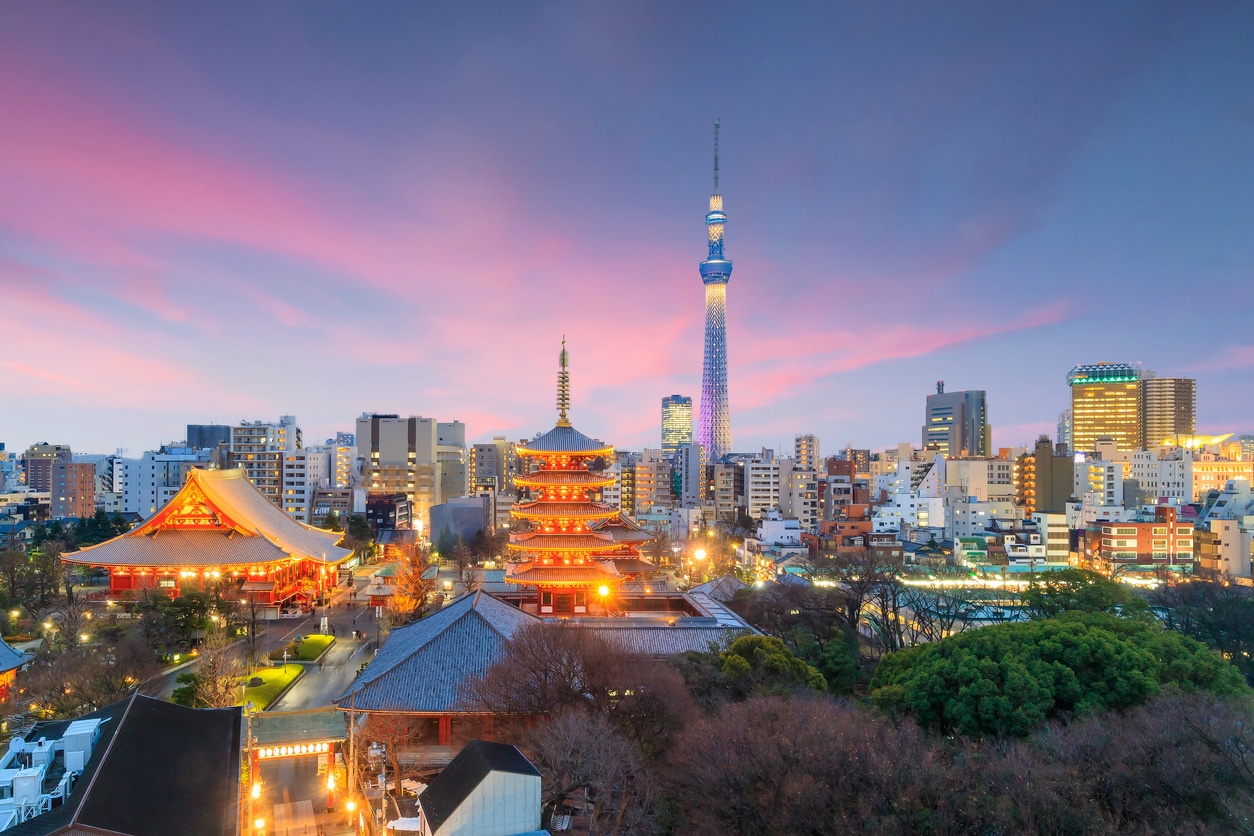
TOKYO
After breakfast we start sightseeing Tokyo.
The first steps will be directed to the center, where the Imperial Palace is located. The palace was built where the Edo Castle of the Tokugawa Shogunate once stood. The powerful Tokugawa clan ruled Japan for over two centuries. The palace itself cannot be seen behind the high stone walls, it is reached by the often photographed so-called Double Bridge – Nijubashi.
Then we will go to the highest viewpoint in Tokyo – Tokyo Skytree, from where there is an amazing 360-degree panorama of the entire metropolis. Reaching a height of 634 meters, it is the world’s largest free-standing transmission tower.
After seeing the panorama of Tokyo, we will drive to the Asakusa district, where the Senso-ji temple is located. This is the oldest, most colorful and most visited Buddhist temple in Tokyo. A 200-meter street full of shops with typical Japanese souvenirs – Nakamise – leads to the temple.
Then we will go to Ueno Park, being the “Imperial Gift”. It is one of the main cultural and leisure places for the inhabitants. There is a zoo and several museums in the area. Uenoi Park itself and its surroundings occupy an important place in Japanese literature, being the setting for many stories.
Dinner and an overnight stay in Tokyo.
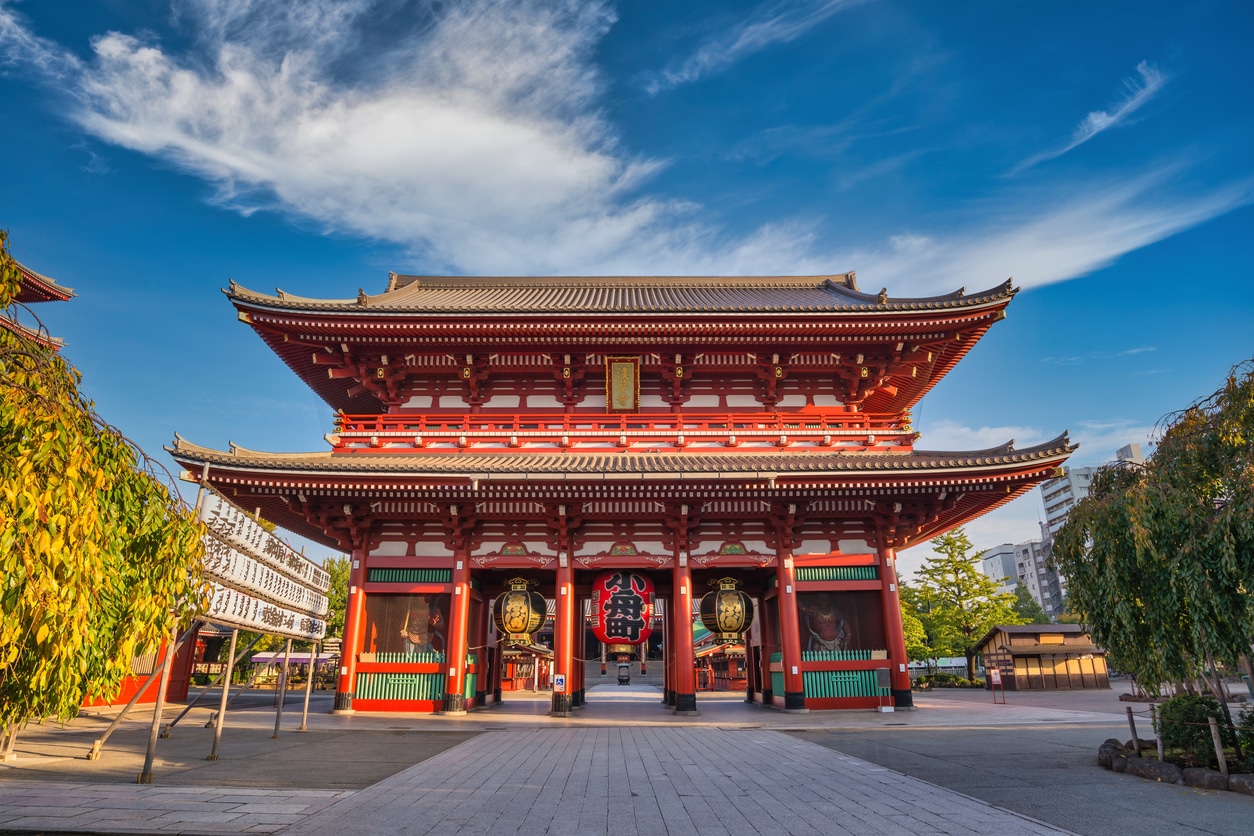
KAMAKURA
After breakfast, a full day trip south of Tokyo. Kamakura is a small coastal town less than an hour from Tokyo by train. The political center of Japan, when Minamoto Yoritomo chose it as the seat of his new military government at the end of the 12th century, today it is full of historical treasures and sandy beaches, attracting crowds of tourists. The majestic Mount Fuji reigning on the horizon completes the idyllic landscape.
During the tour, we will see the Great Buddha, a bronze Buddha statue that reaches over 11 meters, and the Hokokuji Temple. Due to its beautiful bamboo garden, it is also known as the “Bamboo Temple”. We will also take a walk along the famous Komachi Street, full of traditional Japanese products and crafts. We will take a ride on the famous tram, which is often the main focus of movies or anime. After a short rest on the beach, return to Tokyo. Dinner and an overnight stay at the hotel.
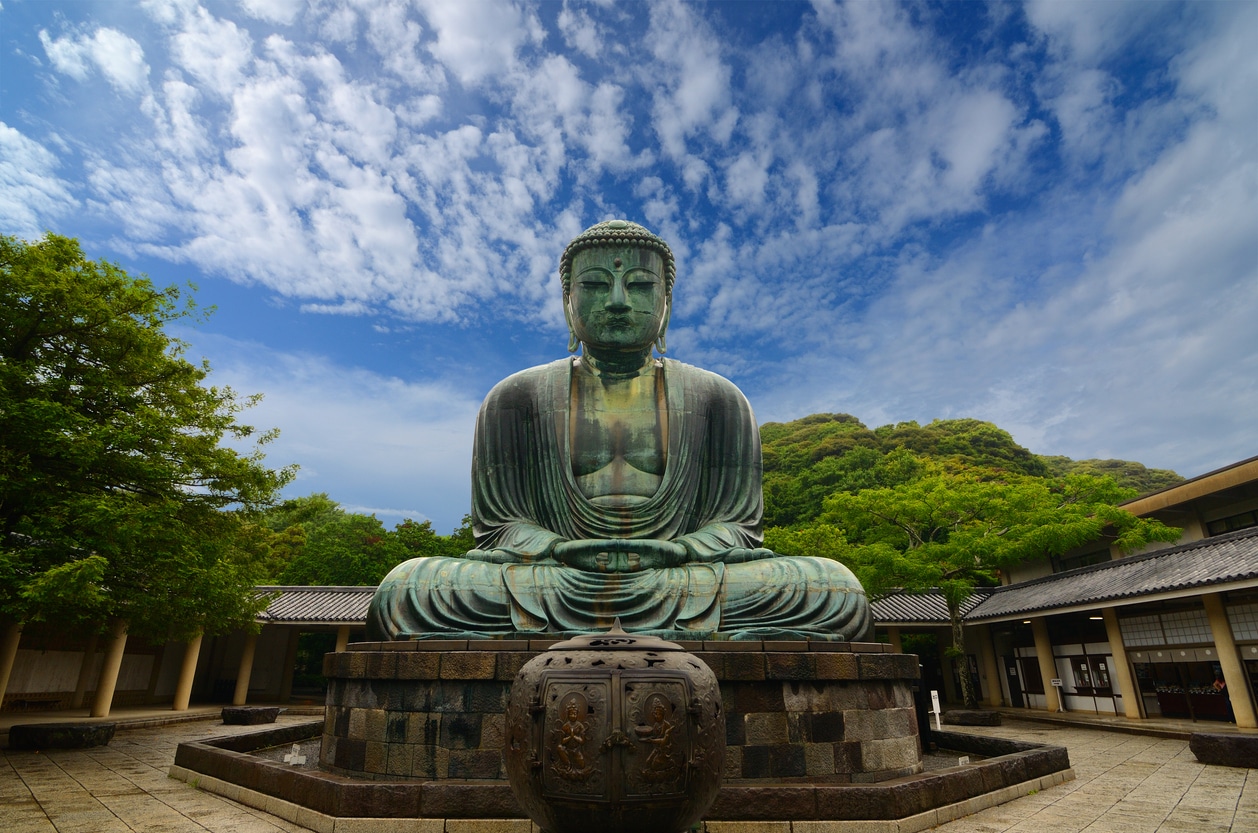
NIKKO
After breakfast, a drive to Nikko.
The beautifully situated city is the gateway to the Nikko National Park, known primarily for Toshogu – the most elaborately decorated Shinto shrine in Japan. The temple was entered on the UNESCO list and is dedicated to Tokugawa Ieyasu, the founder of the first Tokugawa shogunate.
Afterward we will stop at Lake Chuzenji. This beautiful lake, located at the foot of the sacred volcano Nantaip, was created by volcanic activity. Lunch at a local restaurant. Being in the area, we will also see the Kegon waterfall. This 100-meter waterfall is considered one of the most beautiful in Japan, and the whole area is known for its beautiful colors at any time of the year.
Return to the hotel and an overnight stay in Tokyo.
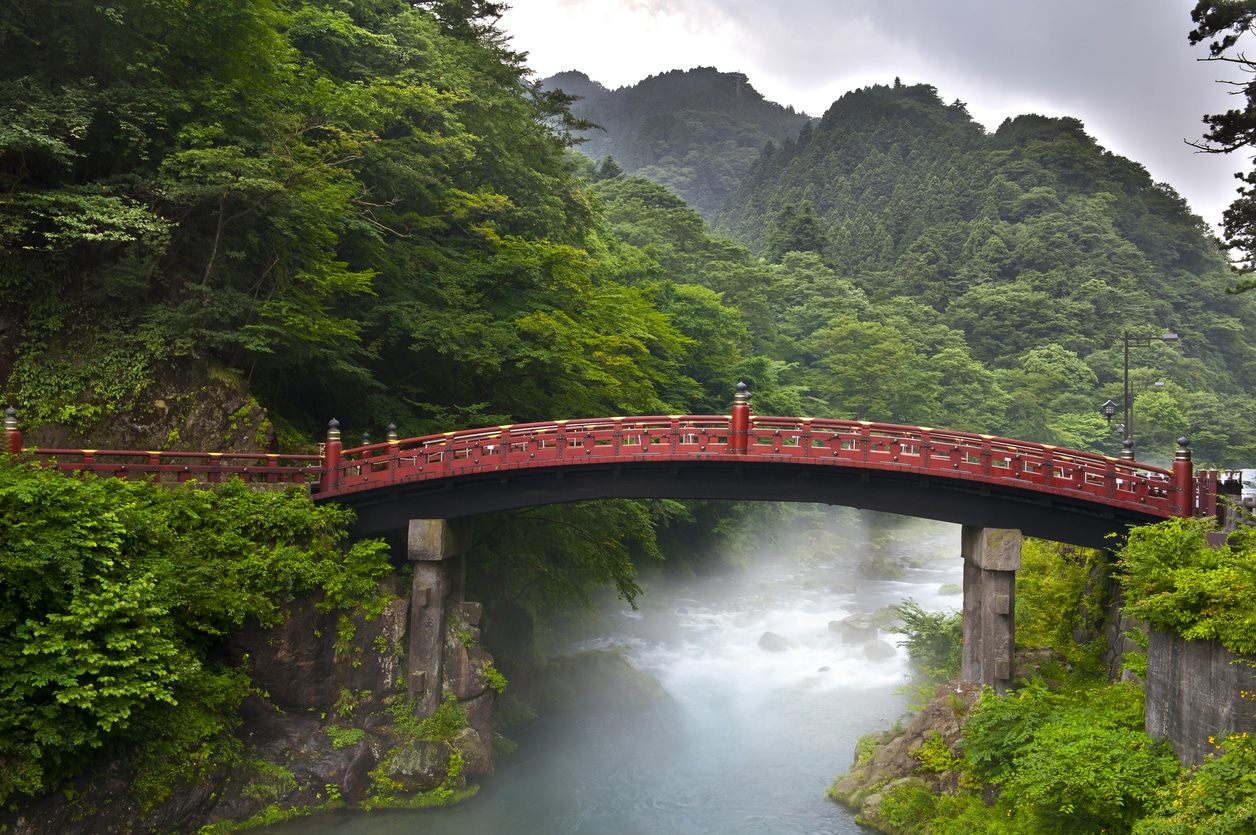
FUJI - HAKONE
After breakfast, check-out from the hotel in Tokyo and departure with a small luggage towards Mount Fuji.
Today awaits us an intense day of sightseeing, and a day full of excitement. Our first point of the trip will be the town of Fujikawaguchico, located on Lake Kawaguchico. It is the main starting point to the Mt. Fuji, the highest mountain in Japan. Since 2013, Mount Fuji has been inscribed on the UNESCO World Heritage List as a cultural heritage site. It is a place of inspiration for artists and travelers’ dreams. Today we will see the volcano from many different perspectives, but we will also enter the 5th station, the highest point available to every tourist.
After lunch, we will drive towards the Owakudani Valley, famous for its volcanic activity and black eggs cooked in hot springs. Legends say that eating one egg prolongs your life by eight years. To this day, no one has been able to determine why the egg shell turns black when cooked. For a nice end to the day, a boat cruise on Lake Ashi in a real pirate style awaits us!
Overnight stay in the vicinity of Hakone in a traditional Japanese hotel. In the evening for those interested, a visit to Onsen, that is the hot springs.
Attention: Large luggage will be transported directly to your hotel in Kyoto.
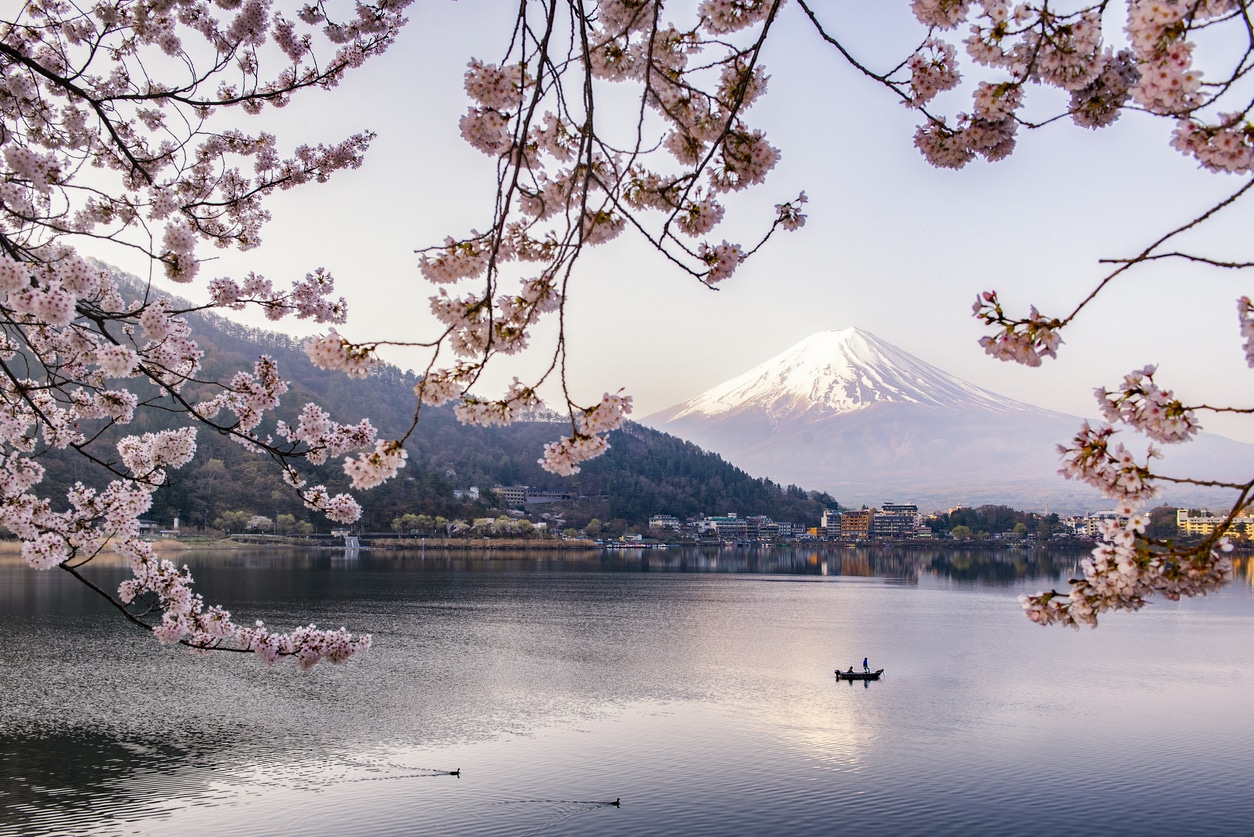
HIMEJI – HIROSHIMA
After breakfast, transfer in the super fast train, Shinkansen, to Himeji.
The city is famous for its spectacular castle, considered the most beautiful castle in Japan. Listed on the UNESCO list, called the White Heron Castle, it has survived originally preserved from the times of feudal Japan. Visiting the castle and the adjacent Kokouen gardens.
In the evening, drive to the city of Hiroshima, where we will have dinner. Then, after a meal, we will transfer to the hotel in the vicinity of the beautiful island of Miyajima.
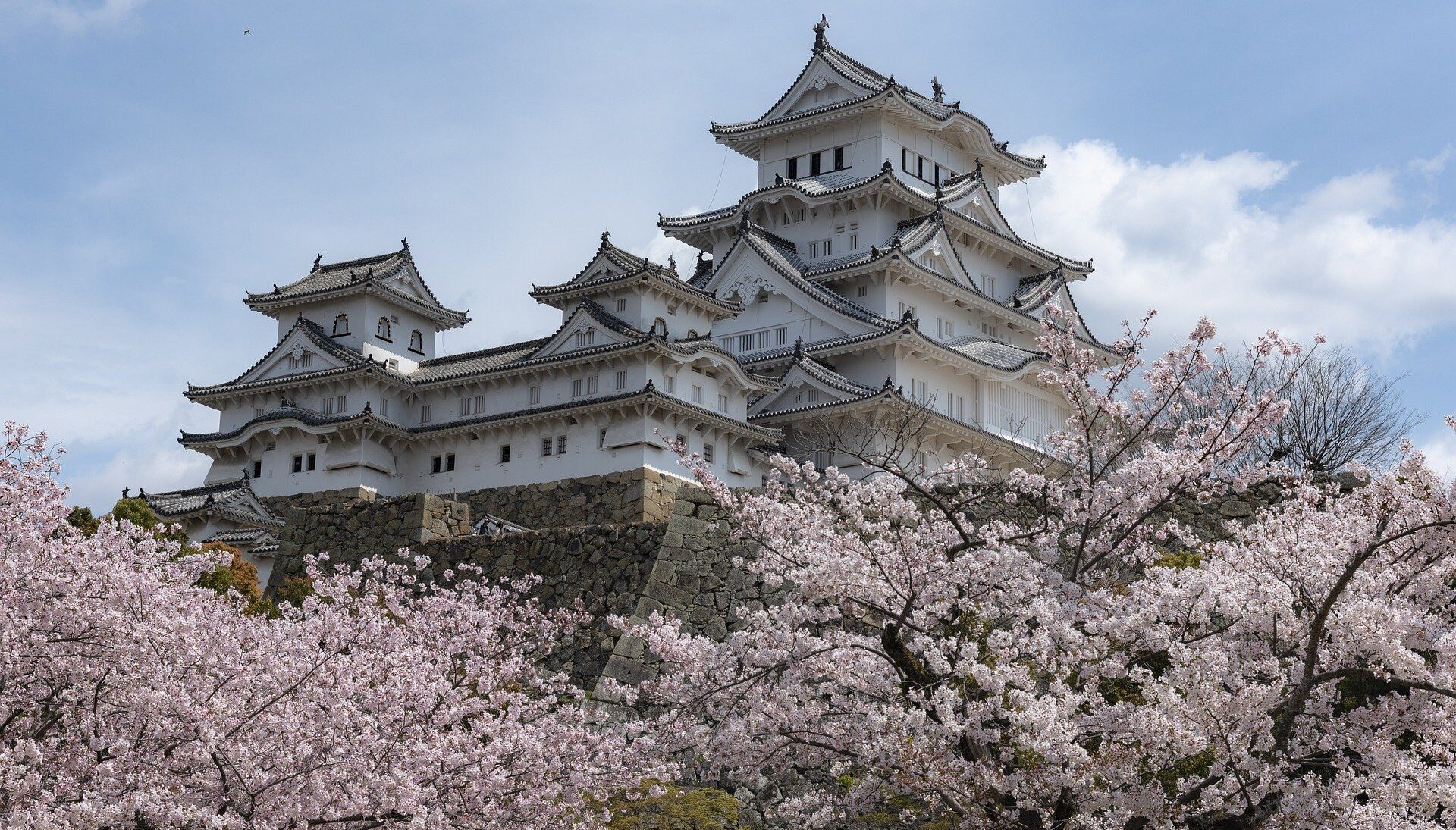
MIYAJIMA – HIROSHIMA
After breakfast we will go to explore the island of Miyajima where we will see, among others, the famous Itsukushima Shrine. Shinto shrine with a beautiful gate – tori standing in the water, is one of the most photographed places in Japan. The island is also famous for its deer, which can be found everywhere.
Before leaving the island, we will take a walk along the famous Omotesando Street, where you can buy souvenirs typical of the island.
In the afternoon a drive to Hiroshima. It was here on August 6, 1945 that the first atomic bomb was dropped, destroying everything within a radius of two kilometers and killing hundreds of thousands of inhabitants.
We will visit the Peace Park and the museum – dedicated to the victims of the atomic attack. We will stop at the A-Bomb Dome – a building also called the Atomic Bomb Dome – the only ruins that witness what happened here during World War II.
Transfer by Shinkansen to Kyoto. Dinner and an overnight stay in Kyoto.
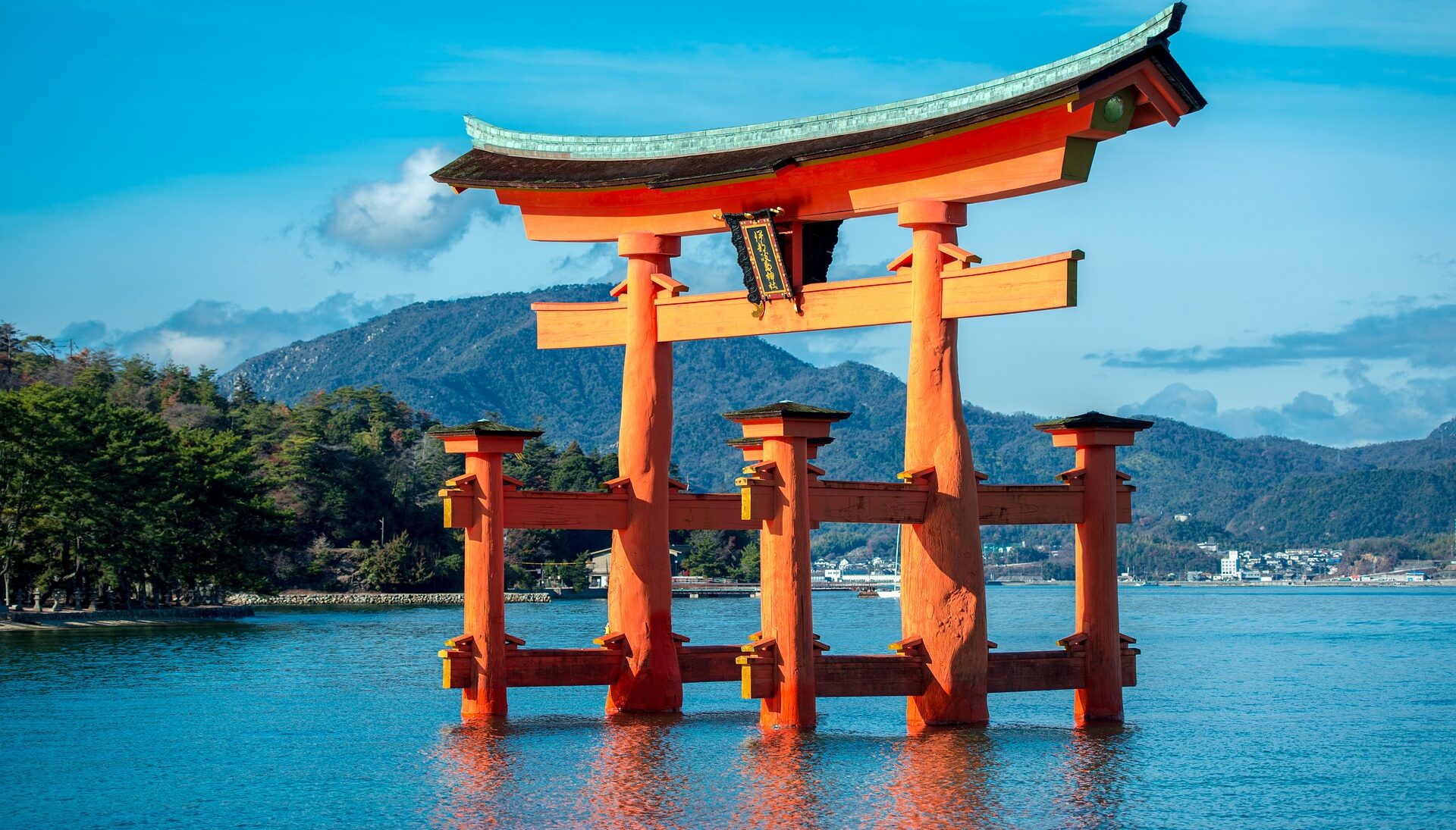
KYOTO
Breakfast. Full day of sightseeing Kyoto.
The city was the capital and imperial seat for over 1,000 years, and today it is one of the 10 largest and most modern cities in Japan with 1.5 million inhabitants. Countless temples and its historical buildings survived the historical turmoil. A dozen or so temples and the Nijo Castle have been entered on the UNESCO list.
To begin with, we will visit two amazing temples: Kinkakuji – the Temple of the Golden Pavilion, whose two upper floors are covered with pure gold, and the Ryoanji Temple – the Buddhist Temple of the Calm Dragon, which is famous for its traditional Zen rock garden.
After that we will go for a walk in the Arashiyama bamboo forest. There we will also see Japanese macaques in the so-called Monkey Park – Iwatayama.
In the afternoon, a walk in the Gion district. The district is famous for its wooden buildings, numerous shops, restaurants and tea rooms. You can often meet Geisha and Maiko here.
Return to the hotel. In the evening, dinner at a local restaurant with a Maiko dance show. Overnight stay.
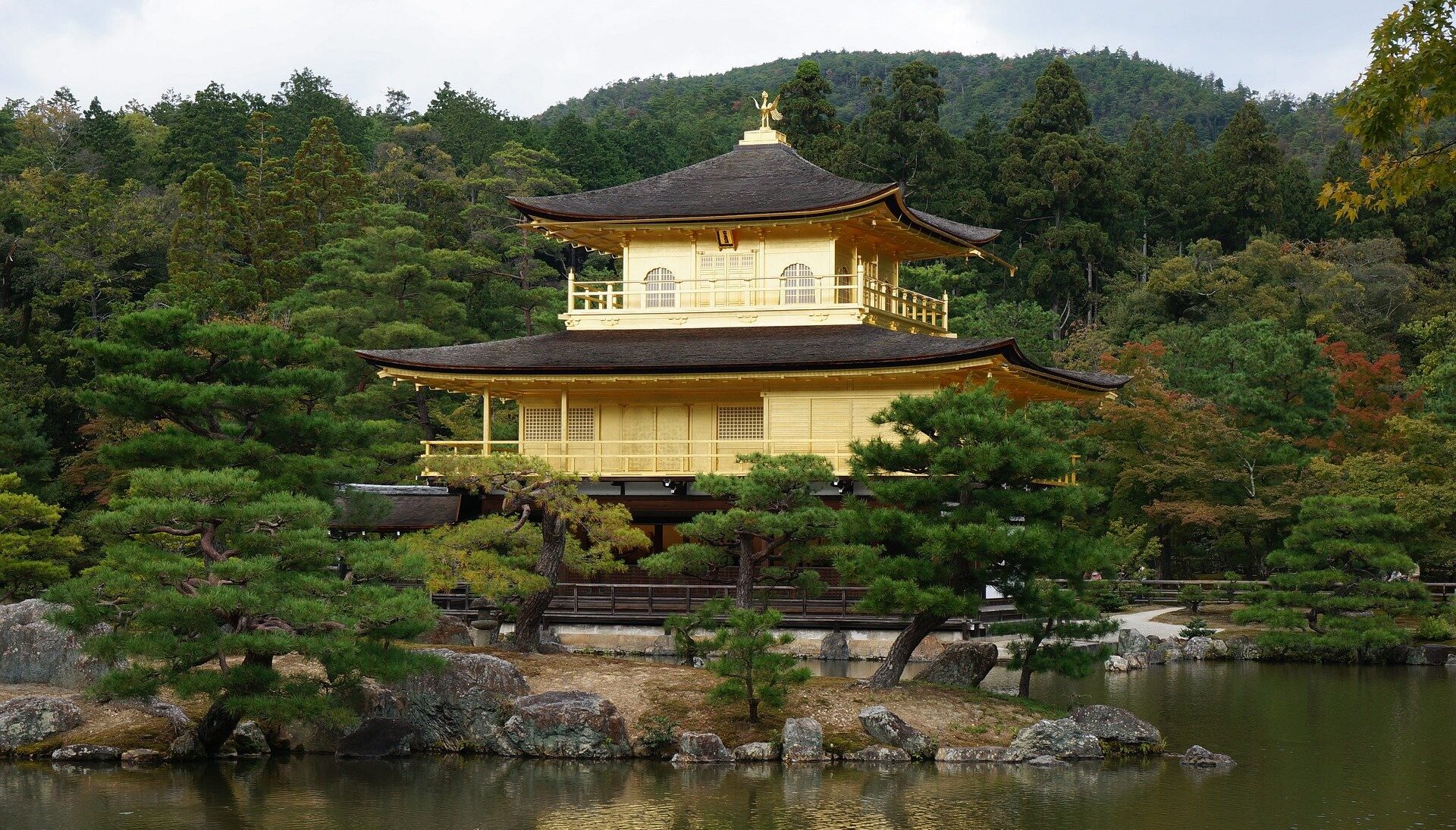
NARA – OSAKA
Breakfast. We will spend an additional day exploring Kyoto.
We will see the Fushimi Inari sanctuary – one of the most popular temples of Japan dedicated to the deity of rice and sake. Thousands of orange tori gates are a recognizable sign of the temple.
Then a visit to the museum – sake distillery, combined with tasting this Japanese drink. Next, we will see Nijo Castle. The seat of the first shogun of the Edo era – Ieyasu Tokugawa, was the imperial seat for a while. It is the best-preserved example of Edo period palace buildings.
Lunch at a local restaurant.
In the afternoon a visit to the Kiyomizu Temple – called the Temple of Pure Water. Situated on a hillside with a beautiful view of the entire city, it is one of the most outstanding temples in Japan.
Afterward we will attend the tea ceremony. Return to the hotel.
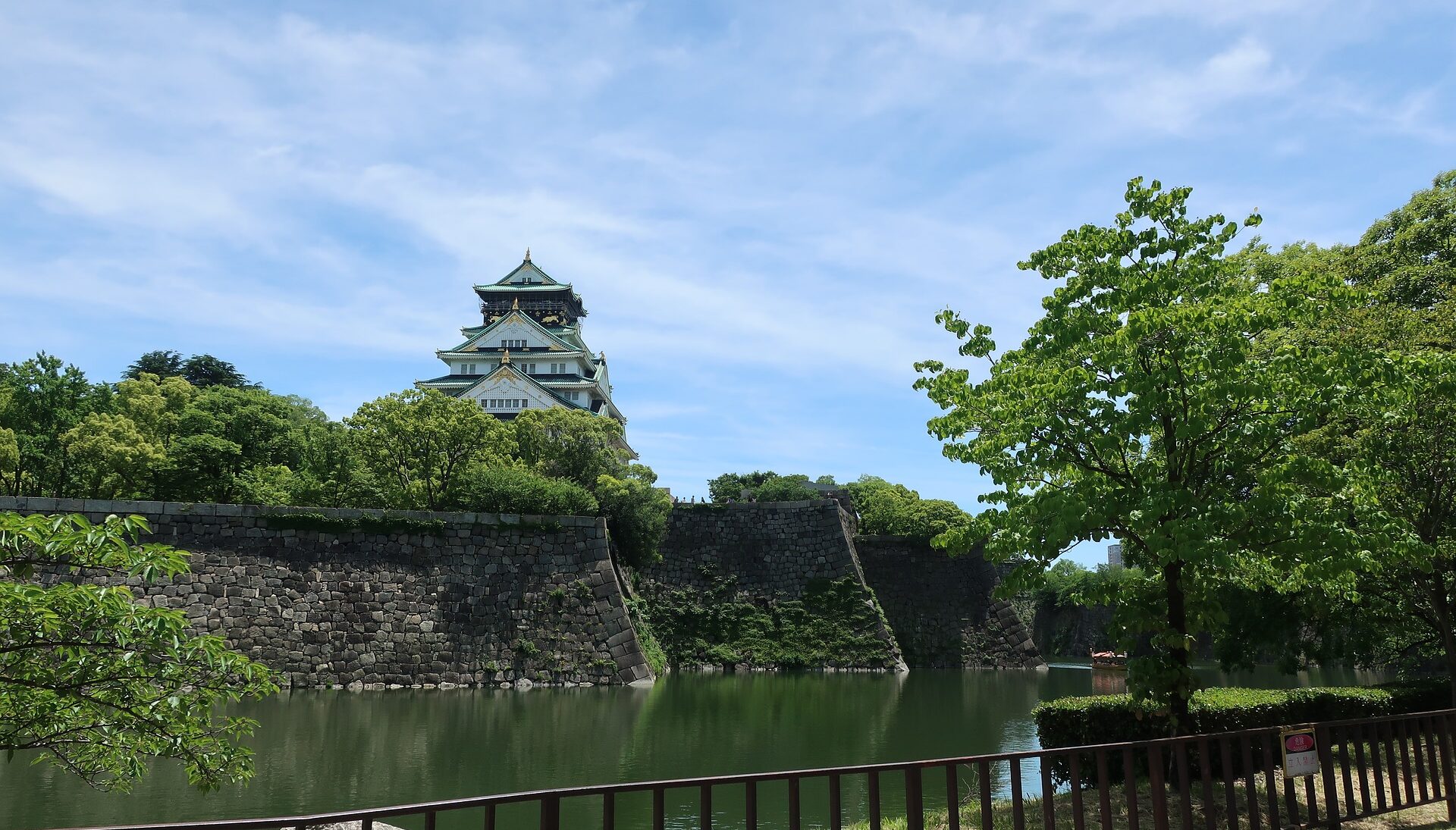
KYOTO - TOKYO
Breakfast. Full day of sightseeing Nara and Osaka.
Nara is the first permanent capital of Japan founded in 710. We will see the Todaiji Temple with the Big Buddha – the most famous temple complex of Nara. The temple is the largest wooden structure in the world. We will also walk through the Nara Deer Park, where free-living sika deer (eastern deer) roam.
Next, we will visit Kasuga Taisha Shrine, an important Shinto shrine built in the 8th century, accessed by a road decorated with over a thousand stone votive lanterns.
Transfer to Osaka, the second largest metropolis in Japan after Tokyo. The entrance to the Umeda Sky Building, which offers a beautiful view of the city and its surroundings.
We will spend the evening in the entertainment district of Dotonbori – known for its numerous theaters, cabarets, restaurants, shops, casinos and arcades. Located here is one of the world’s largest underground shopping and service centers.
Farewell dinner at a local restaurant. Overnight stay in Kyoto.
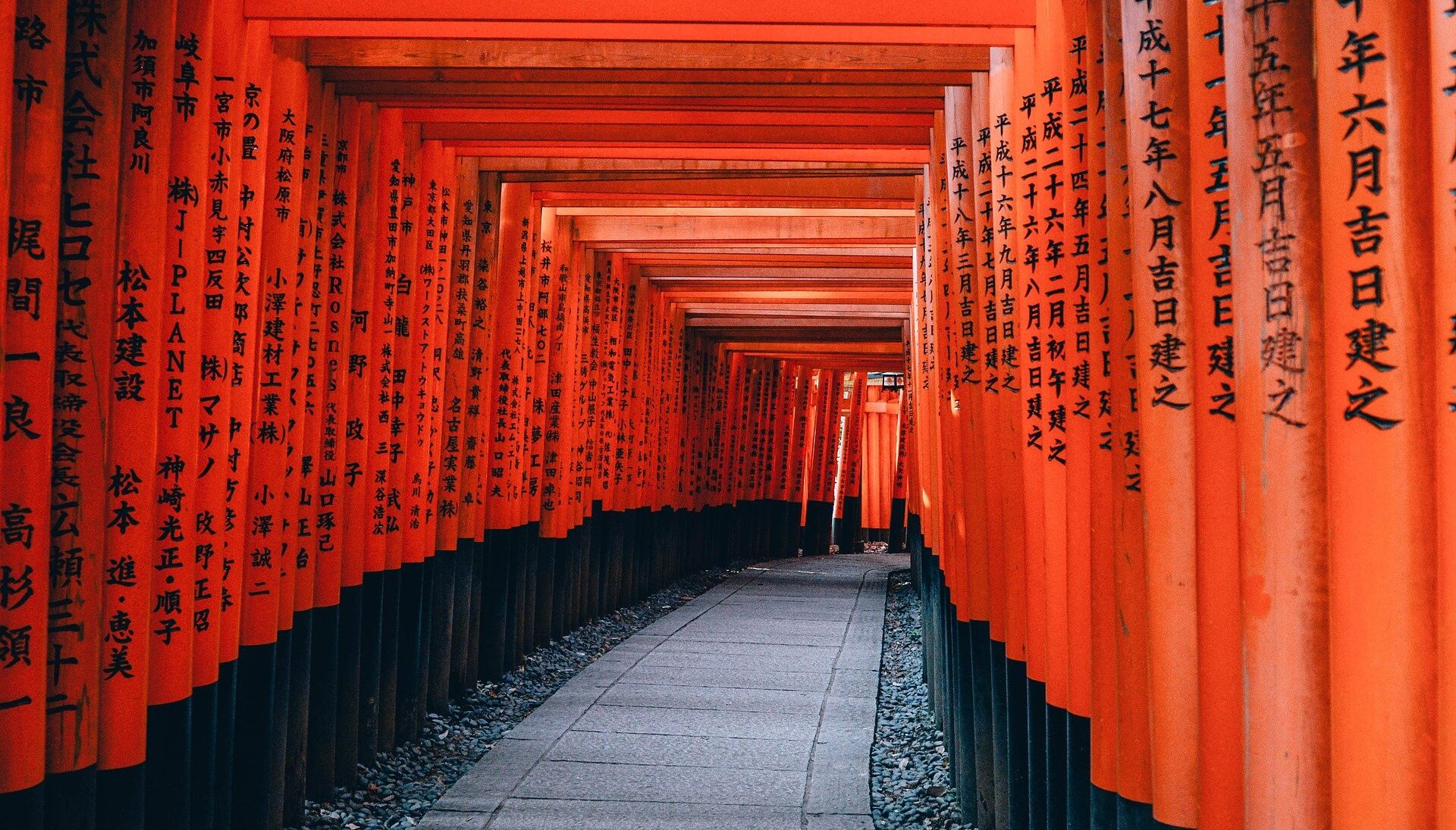
TOKYO
After breakfast, free time for last-minute shopping and a stroll around Tokyo. Farewell to Japan. In the early afternoon, departure to the airport and flight to Chicago.
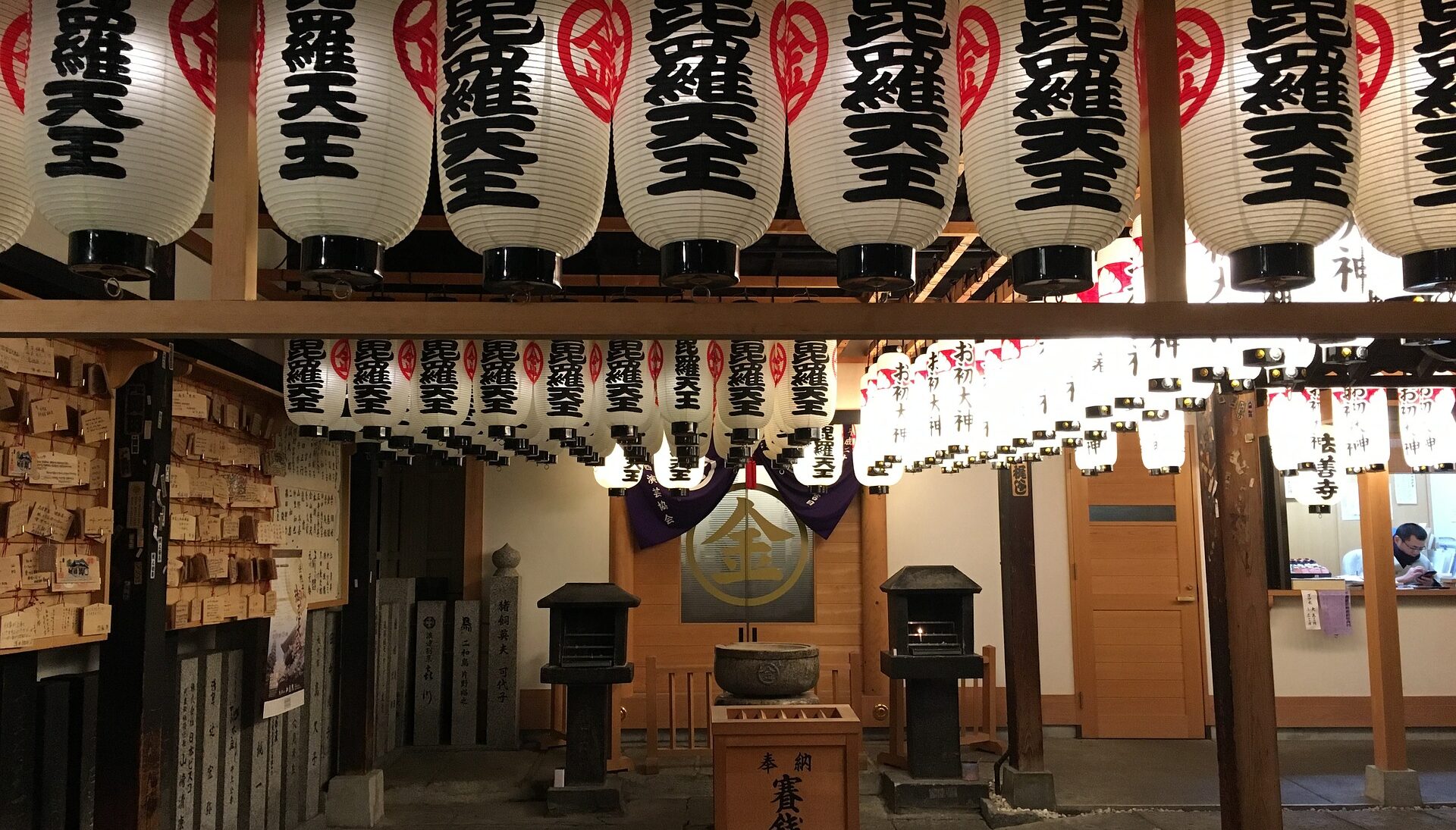
Sprawdź inne wycieczki do Azji:
Trasa wybranej wycieczki
Firma nie ponosi odpowiedzialności za stracone mienie klienta w wyniku włamania, kradzieży, zgubienia itp. nie ponosimy również odpowiedzialności za straty klienta w motelach. Firma Rek Travel zastrzega sobie prawo do zmiany programu, dyktowanych okolicznościami niezależnymi od niej. Klient zobowiązany jest do przestrzegania regulaminu wycieczki. Uczestnicy wycieczki ubezpieczeni są zgodnie z wymogami amerykańskiego Departamentu Transportu na łączną kwotę $5000.000 (polisa do wglądu na życzenie klienta). Za dodatkową opłatą uczestnicy mogą ubezpieczyć się na wypadek leczenia szpitalnego i ambulatoryjnego schorzeń nabytych w trakcie wycieczki oraz nieszczęśliwych wypadków w obiektach zwiedzanych (wszelkie informacje w biurze).
 Rek Travel Adventure
Rek Travel Adventure Rek Travel Polska
Rek Travel Polska
